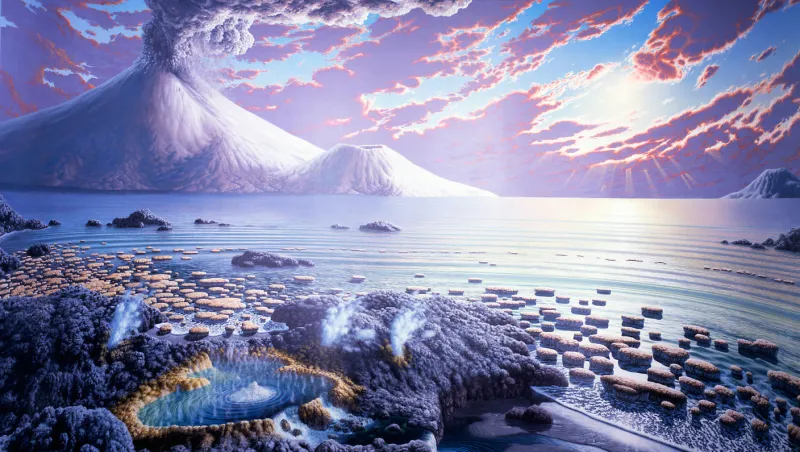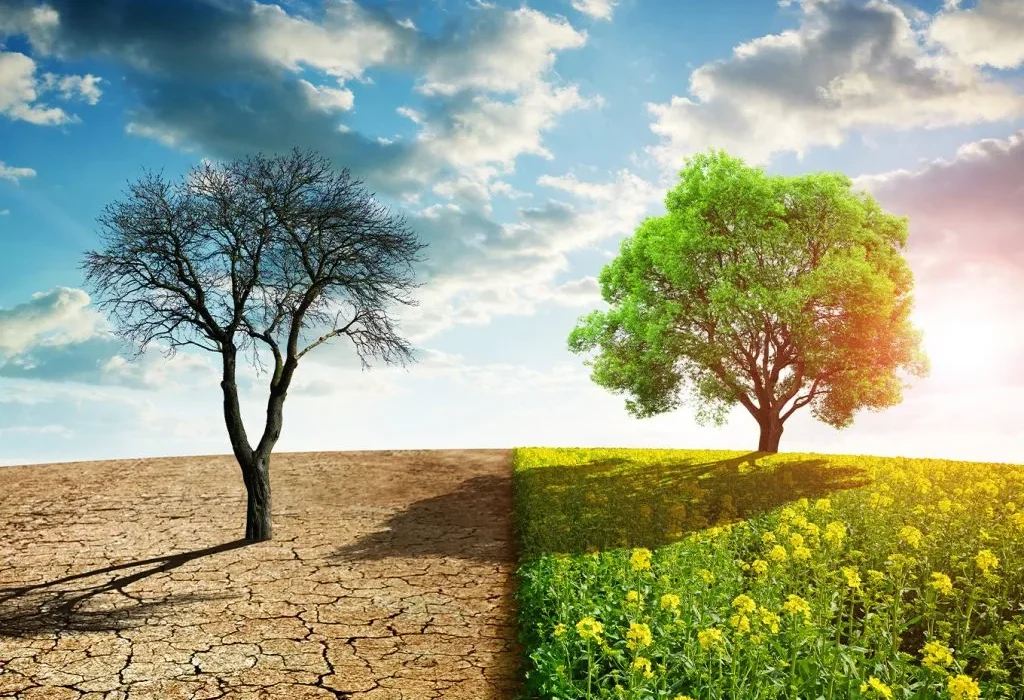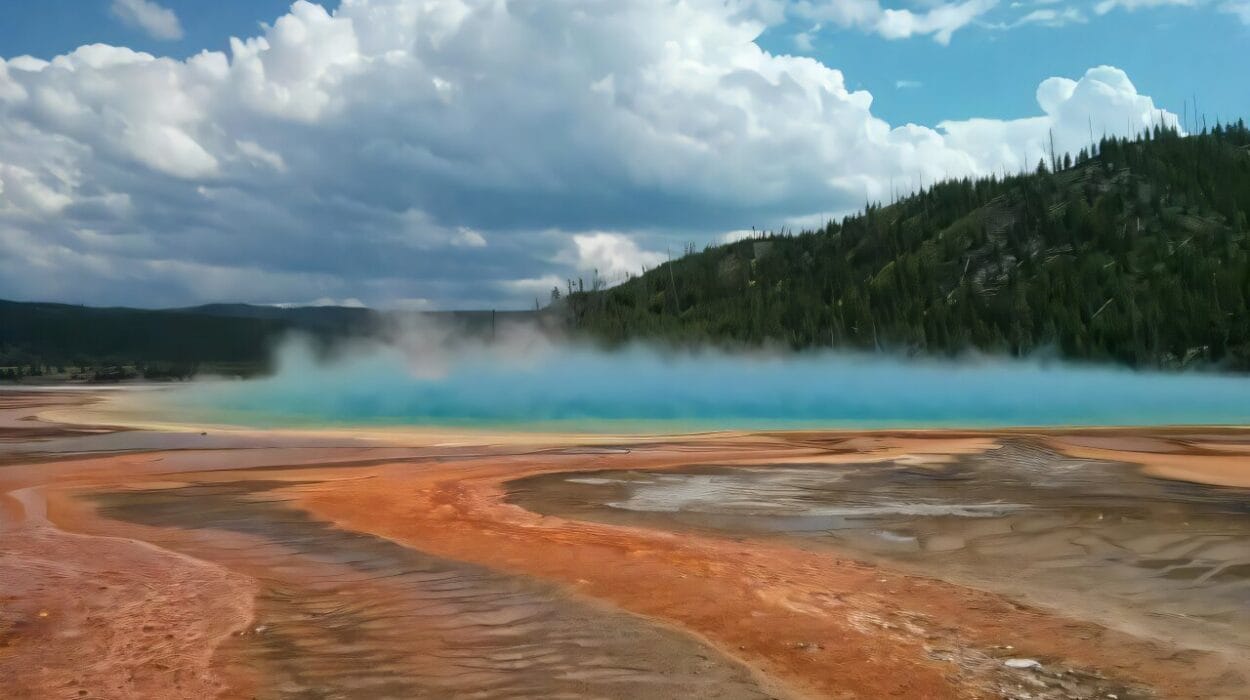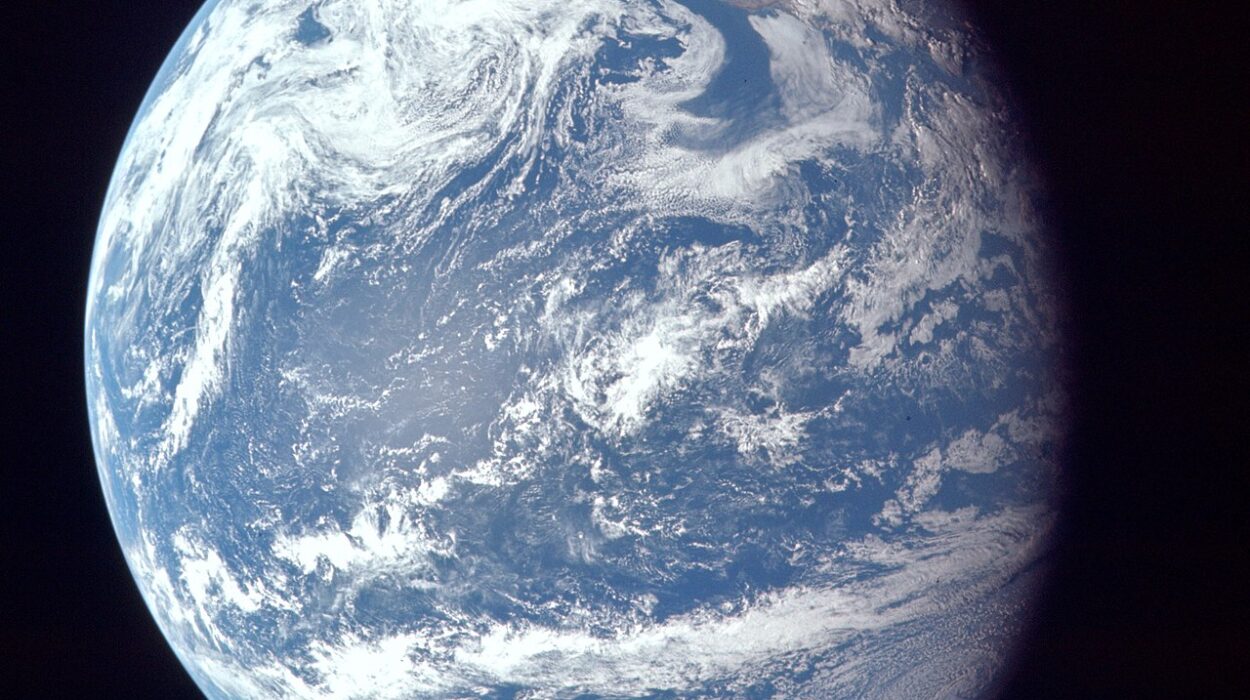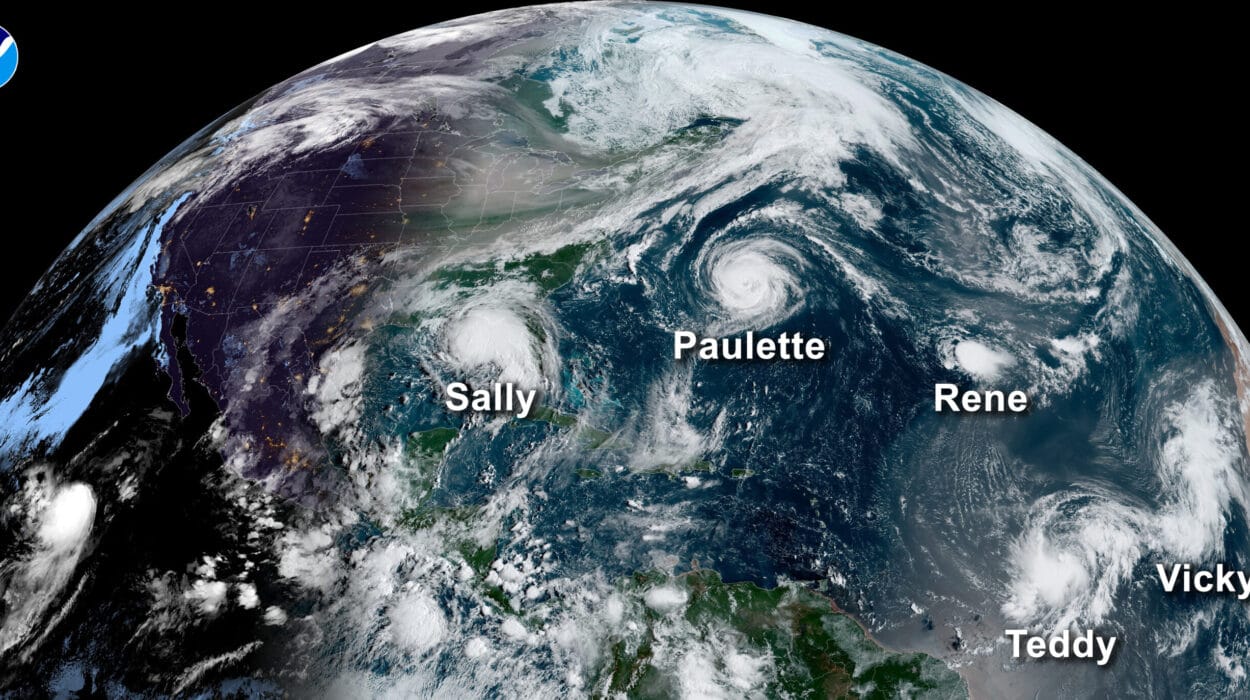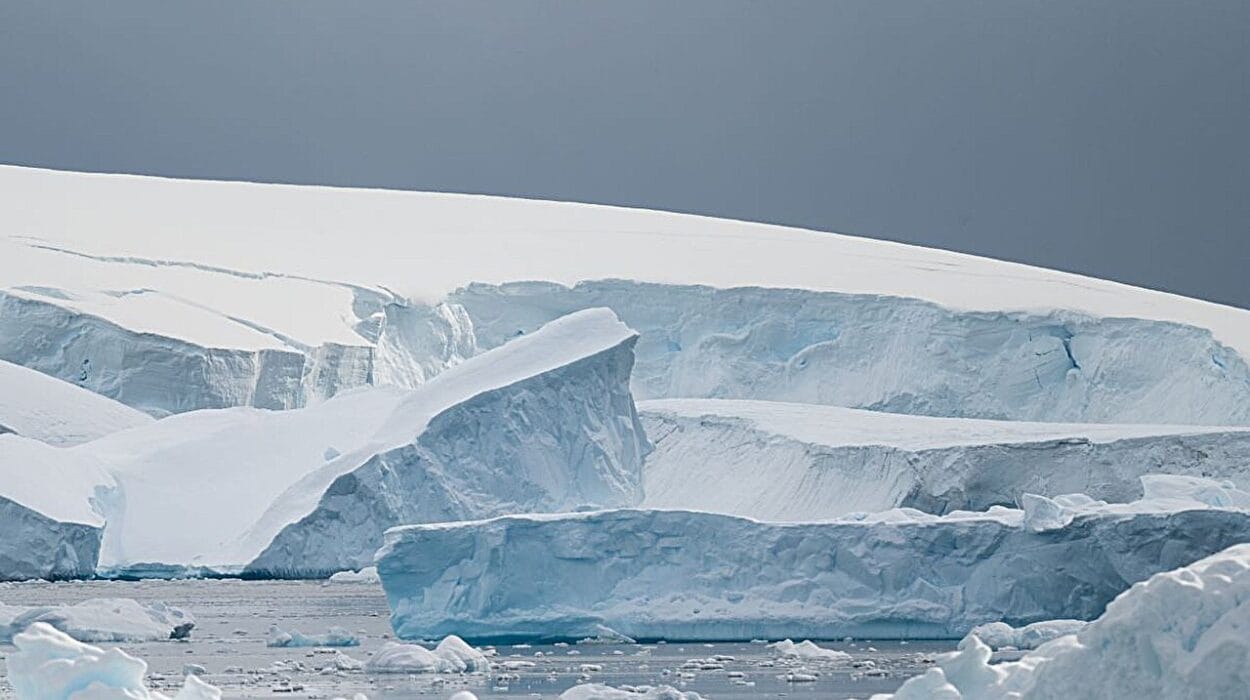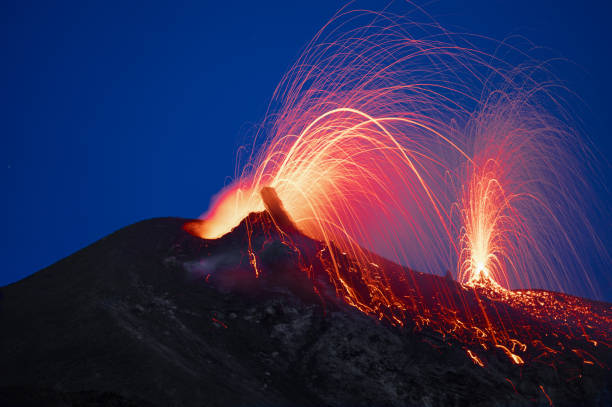Long before humans stood upright, before dinosaurs thundered across continents, before even the simplest cells drifted in ancient oceans, Earth was already telling its story—layer by layer, rock by rock. Our planet’s history isn’t recorded in books but in the crust beneath our feet. It’s a story not just of time, but of transformation. A tale written across eons, where continents were born and shattered, oceans filled and vanished, and life evolved from invisible threads into towering forests and intelligent primates.
To understand this magnificent journey, geologists have divided Earth’s 4.6-billion-year history into a series of nested timeframes—eons, eras, periods, and epochs. Among these, the eight major geological eras stand out as the sweeping chapters of Earth’s epic.
Let us journey through these ancient epochs—not as mere timeframes, but as worlds of their own, filled with unimaginable landscapes, monsters, miracles, and mass extinctions.
1. Hadean Era (4.6 – 4.0 Billion Years Ago)
The Hellish Birth of a Planet
Named after “Hades,” the Greek underworld, the Hadean Era conjures images of a planet in chaos. And rightly so. If you had stood on Earth during this time—if “standing” was even possible—you would’ve faced molten lava oceans, skies of choking gas, and a rain of meteorites that pummeled the surface with relentless fury.
The Hadean wasn’t just violent; it was formative.
In the beginning, Earth didn’t have a solid surface. It was a swirling ball of molten rock and metal, still cooling from its birth out of solar system debris. Gravity pulled heavier elements like iron and nickel to the core, while lighter materials formed the crust and mantle. This “differentiation” gave Earth its internal structure—a layered planet with a magnetic field that would eventually protect life.
It was also during the Hadean that the Moon was born. A Mars-sized object, dubbed Theia, slammed into the proto-Earth, ejecting debris that coalesced into our lunar companion. That impact reshaped Earth, tilting its axis and setting the stage for seasons.
Amid the destruction, something remarkable began. As Earth cooled, liquid water condensed and filled vast basins—our first oceans. And perhaps in those hot, mineral-rich waters, life began to whisper. There is tantalizing evidence—carbon isotopes and ancient zircon crystals—that microbial life might have emerged even before the Hadean ended.
This was Earth’s first age: fire, fury, and the raw materials of life.
2. Archean Era (4.0 – 2.5 Billion Years Ago)
The Dawn of Life
The Archean Era was Earth’s great experiment. The planet had stabilized enough for continents to begin forming—small, rocky protocontinents drifting above oceans. The air was still toxic, lacking oxygen, composed instead of methane, ammonia, and carbon dioxide.
But something extraordinary stirred beneath the waves.
Tiny, single-celled organisms called prokaryotes—the ancestors of all life—emerged. They were simple, but they mastered a transformative power: photosynthesis. Cyanobacteria, often called blue-green algae, began converting sunlight into energy, releasing oxygen as a byproduct.
At first, that oxygen reacted with iron in the oceans, forming vast deposits of rust—banded iron formations that miners still harvest today. Only when the oceans became saturated did oxygen begin to leak into the atmosphere.
The Archean world was alien: black smokers venting scalding water on the seafloor, microbial mats spreading across shallow reefs, and the first tectonic movements creating miniature continents. These cratons, like the Canadian Shield and parts of Australia, are among the oldest rocks on Earth.
Life was still invisible to the naked eye, but it was everywhere—in tide pools, ocean depths, and bubbling volcanic ponds. Earth was no longer just a planet. It was alive.
3. Proterozoic Era (2.5 Billion – 541 Million Years Ago)
Oxygen, Ice, and the Rise of Complex Life
The Proterozoic Era was Earth’s longest—spanning nearly two billion years—and perhaps its most important. It was the time of planetary transformation. The age of oxygen had arrived.
Thanks to photosynthetic microbes, oxygen accumulated in the atmosphere in what’s known as the Great Oxidation Event. This was both a blessing and a curse. For early anaerobic life, oxygen was poison. Many perished. But for others, it offered a new, powerful way to extract energy from food: aerobic respiration.
It also allowed the formation of the ozone layer, shielding Earth’s surface from harmful ultraviolet rays and opening the way for life to colonize shallow waters and eventually land.
It was in this era that eukaryotes—cells with nuclei and organelles—emerged. One of the most pivotal events in evolution occurred: smaller bacteria were engulfed by larger ones, forming symbiotic relationships. These became mitochondria and chloroplasts, the power plants of animal and plant cells, respectively.
But the Proterozoic also saw catastrophe. Around 700 million years ago, Earth plunged into what some call “Snowball Earth.” Ice covered continents and even equatorial oceans. Life clung on in deep-sea vents and under ice-covered seas.
And just when it seemed Earth might remain frozen forever, volcanic CO₂ warmed the planet, triggering a greenhouse effect. The ice melted, oxygen levels spiked, and life exploded in complexity.
Multicellular organisms appeared. Sponges, algae, and strange frond-like creatures such as Dickinsonia populated the oceans. The stage was set for an evolutionary leap.
4. Paleozoic Era (541 – 252 Million Years Ago)
The Age of Ancient Life
With the Paleozoic Era, Earth burst into full color.
The Cambrian Explosion, around 541 million years ago, was a biological big bang. In a geological blink of an eye, complex organisms filled the oceans—trilobites, brachiopods, jellyfish, and the first vertebrates. Predation emerged. Eyes evolved. Life became a dance of survival.
The Paleozoic was a time of continuous change. During the Ordovician and Silurian, life thrived in oceans, and the first plants crept onto land. The Devonian is often called the Age of Fishes—armored, jawed fish filled the seas, and lobe-finned fish began the first awkward crawl onto land, becoming amphibians.
Forests rose during the Carboniferous Period. Towering ferns and giant club mosses formed lush swamps that would eventually become coal. Insects, some the size of birds, buzzed through thick air. Amphibians gave rise to reptiles—animals no longer tied to water for reproduction.
But Earth had one last Paleozoic trick.
The Permian Period ended with the greatest mass extinction in Earth’s history. Volcanic eruptions in Siberia released catastrophic CO₂, triggering global warming, ocean acidification, and the death of 90% of species. The Earth’s biosphere collapsed.
Yet from this dark age, a new world would rise.
5. Mesozoic Era (252 – 66 Million Years Ago)
The Age of Reptiles and Dinosaurs
The Mesozoic Era was Earth’s grand adventure. It began with desolation—lifeless deserts and struggling survivors. But from the ashes of the Permian extinction, life reawakened, this time with giants.
The Triassic Period gave rise to early dinosaurs, crocodiles, and the first mammals. The supercontinent Pangaea began to split apart, birthing the Atlantic Ocean and reshaping continents. Climate grew humid, lush, vibrant.
The Jurassic Period saw dinosaurs take center stage. Massive sauropods like Brachiosaurus grazed on ferns while predators like Allosaurus stalked them. The first birds evolved from feathered dinosaurs, and flying reptiles—pterosaurs—dominated the skies.
In the Cretaceous, ecosystems diversified wildly. Flowering plants emerged, pollinated by early bees. Dinosaurs ruled every niche: horned ceratopsians, duck-billed hadrosaurs, armored ankylosaurs, and apex predators like Tyrannosaurus rex.
But 66 million years ago, a city-sized asteroid struck the Yucatán Peninsula.
The impact released more energy than a billion atomic bombs. Firestorms swept continents. Tsunamis drowned coastlines. The sky darkened with soot, halting photosynthesis. A mass extinction followed.
All non-avian dinosaurs vanished.
But their legacy lived on in birds—and in the mammals waiting for their moment.
6. Cenozoic Era (66 Million Years Ago – Present)
The Age of Mammals
The Cenozoic Era began in a world hushed by extinction. With dinosaurs gone, mammals expanded from the shadows into every ecosystem.
Early forms were small and nimble. But within a few million years, evolution exploded. Mammals grew into mammoths, whales, saber-toothed cats, and ground sloths. Primates evolved in warm forests, leaping from branch to branch.
During the Paleogene and Neogene Periods, climates cooled. Grasses spread across vast plains. Herbivores adapted with flat teeth and long limbs. Predators evolved to chase.
Then came the Quaternary Period, and with it, the Ice Ages.
Glaciers sculpted landscapes and locked water in ice. Sea levels fell. Humans—our species—Homo sapiens, emerged in Africa around 300,000 years ago.
They crossed land bridges, spread across continents, painted caves, tamed fire, and created language, culture, and tools. They survived megafaunal extinction, climatic upheaval, and now shape the biosphere like no species before.
Today, humans are a geological force. We’ve entered what many call the Anthropocene, an unofficial epoch marked by climate change, mass extinction, and plastic in the fossil record.
The Cenozoic is still being written.
7. The Anthropocene (Current Era – Ongoing Debate)
The Human Epoch
While not officially recognized by the International Commission on Stratigraphy, the Anthropocene is the name many scientists give to our present time—an epoch defined not by natural forces, but by us.
Humans have moved more earth than all rivers combined. We’ve changed the atmosphere, acidified the oceans, engineered life, and left behind unmistakable geological markers: radioactive isotopes, synthetic chemicals, and billions of tons of concrete.
We’ve created an Earth where one species dominates climate, chemistry, and evolution itself.
Whether the Anthropocene becomes a formal era or not, its effects will be visible in rock layers for millions of years.
8. The Far Future: The Post-Human Earth
What comes next?
If Earth’s past is any guide, change is inevitable. Continents will shift. Ice will return. New lifeforms will rise. And perhaps, someday, humans will vanish—leaving behind ruins for another species to find.
Stars will age. The Sun will expand into a red giant, engulfing Mercury and Venus. Earth may be swallowed, or scorched and barren. Billions of years hence, the planet’s crust may again melt, returning Earth to something like its Hadean youth.
And yet, for all its impermanence, Earth remains a wonder—a living archive of cosmic and biological history.
A Legacy in Layers
Earth’s eight geological eras tell the story of chaos and order, destruction and creation, extinction and rebirth. They are not just divisions of time, but testaments to the planet’s resilience and creativity.
Every stone, fossil, and mountain whispers a tale of worlds gone by.
To study geology is to hear the deep heartbeat of the Earth, to see time not in seconds, but in epochs, and to understand that our brief human chapter is part of a saga 4.6 billion years in the making.
And it is still unfolding.
